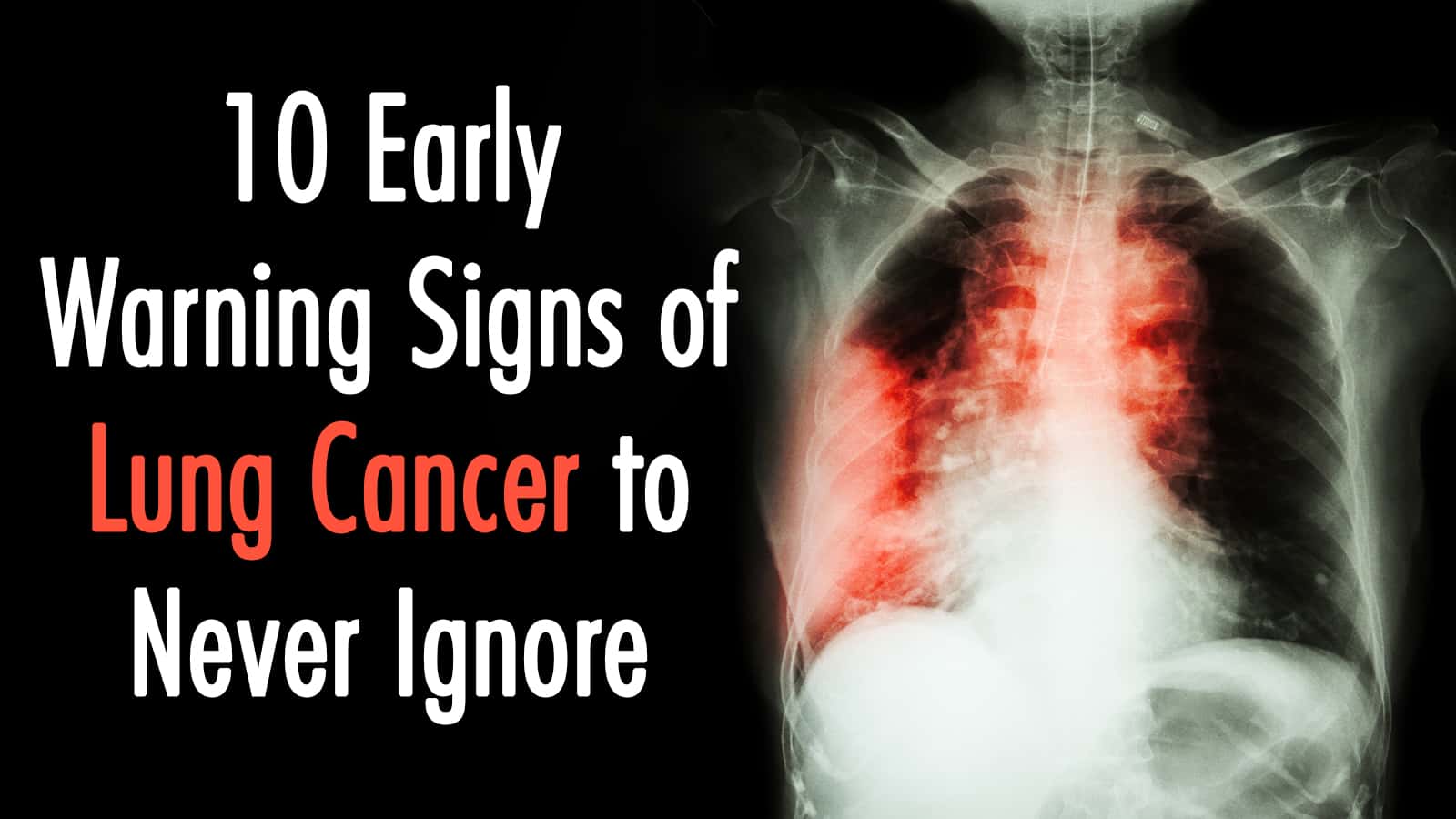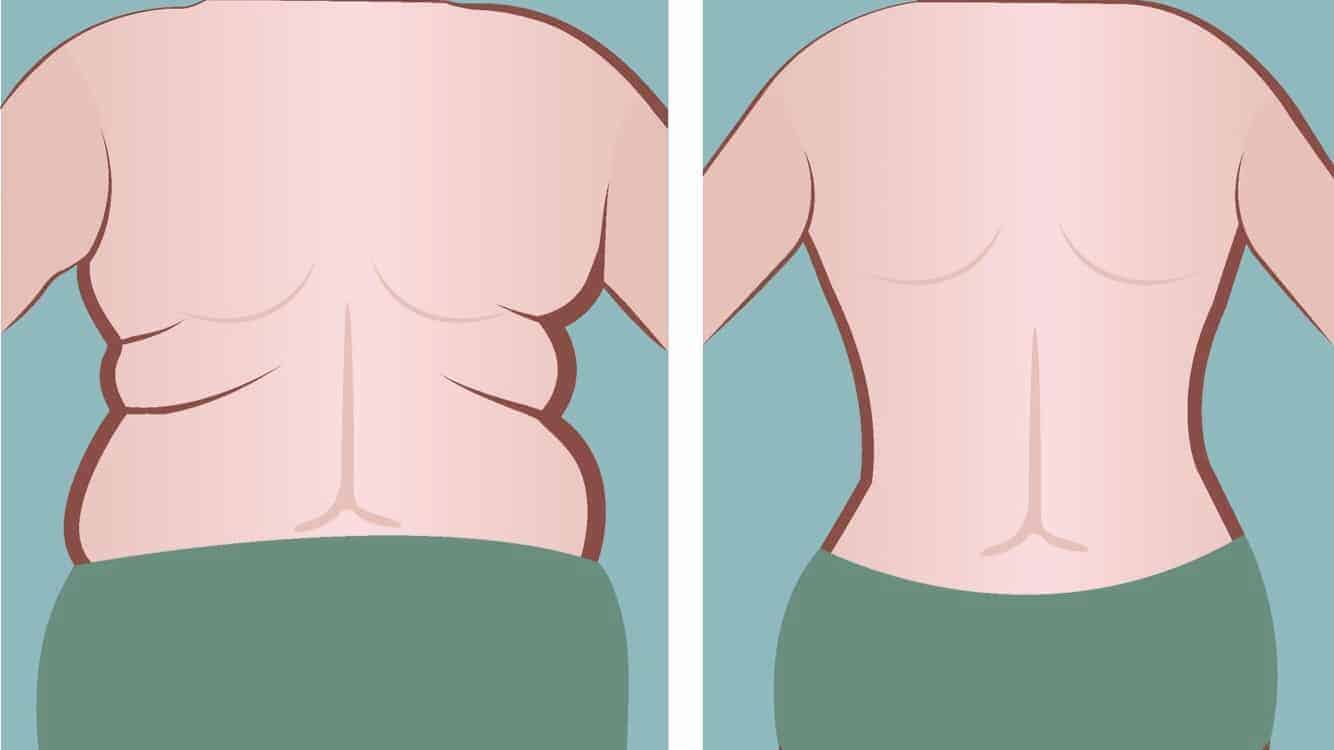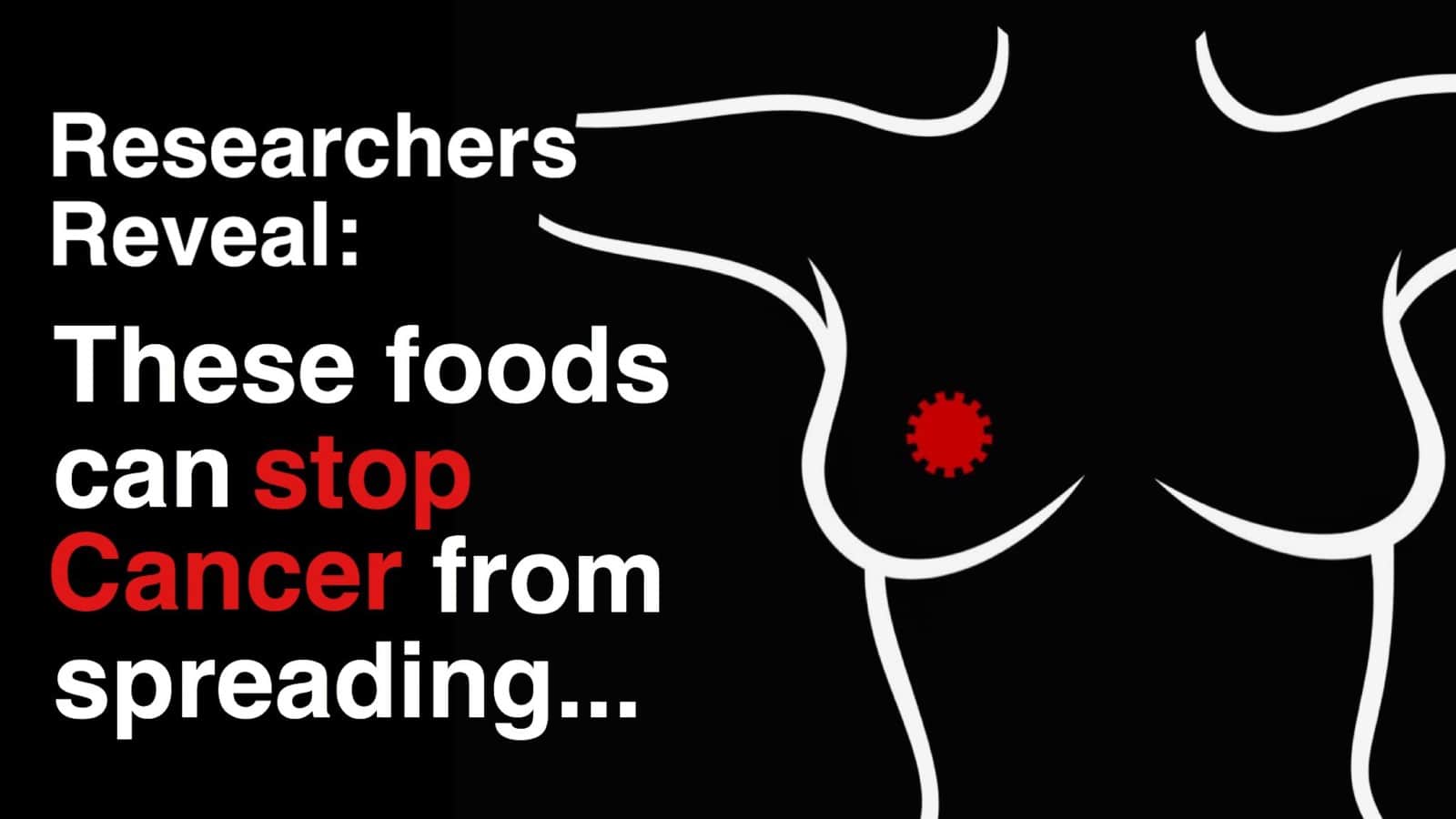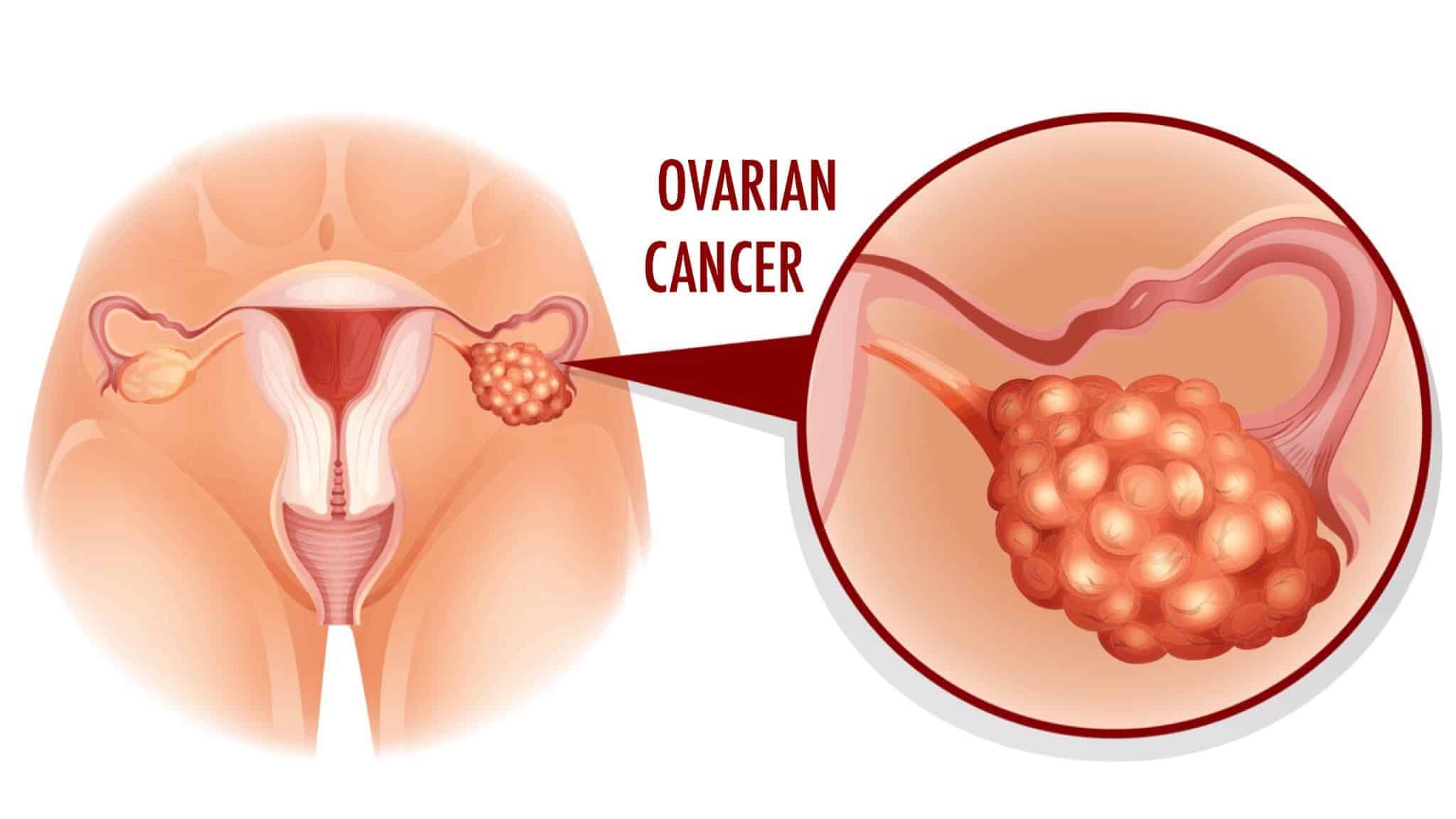Lung cancer is one of the most life-altering diagnoses a person can receive, yet many of its early signs are easy to miss. They often show up quietly—like a lingering cough, unexplained fatigue, or mild shortness of breath. These symptoms can seem harmless at first, which is why understanding what to look for is so important.
Warning signs of early lung cancer often blend in with everyday discomforts, but catching them early can make a major difference in treatment outcomes. The earlier it’s found, the more options you have and the better your chances of recovery.
This article is here to help you recognize what matters, trust your instincts, and take action if something feels off. Awareness is not about fear; it’s about empowering yourself with knowledge.
 What Is Lung Cancer?
What Is Lung Cancer?
Lung cancer occurs when abnormal cells in the lungs begin to grow uncontrollably. Over time, these cells can form tumors, interfere with normal breathing, and potentially spread to other parts of the body through the blood or lymphatic system.
Because the lungs are essential for oxygenating the body, any disruption in their function can have serious consequences.
There are two main types of lung cancer, and understanding the difference is key to diagnosis and treatment:
- Non-Small Cell Lung Cancer (NSCLC): This form of cancer is the most common type, making up about 80 to 85 percent of cases. It includes subtypes such as adenocarcinoma, squamous cell carcinoma, and large cell carcinoma. NSCLC typically grows and spreads more slowly than other forms.
- Small Cell Lung Cancer (SCLC): Accounting for 10 to 15 percent of cases, SCLC is less common but more aggressive. It tends to grow rapidly and often spreads to other parts of the body before it’s diagnosed.
Treatment options and outlook vary based on the type and stage at diagnosis. That’s why early detection and awareness of symptoms are so important.
10 Early Lung Cancer Warning Signs
1. Persistent Cough
If a chronic cough persists for more than a few weeks, it could be a warning sign. While it may begin subtly, such as with a dry tickle or occasional throat clearing, if it persists or worsens over time, it’s time to seek medical attention.
This is especially important if you’re not sick or if the cough is new.
2. Changes in Your Usual Cough
If you’re someone who already has a regular cough due to allergies or another condition, new changes can be a sign of concern. These shifts may point to something deeper happening in the lungs.
- Sounds deeper, rougher, or harsher than usual
- Produces more mucus than normal
- Includes blood or rust-colored phlegm
- Feels different or causes chest discomfort
3. Shortness of Breath
Experiencing shortness of breath during everyday tasks, like walking, bending over, or even talking, can be an early sign that your lungs aren’t working as efficiently as they should.
This happens when a tumor blocks part of the airway or when fluid starts to build up around the lungs, making it harder for them to expand properly.
Some people notice they can no longer keep up with routines that once felt easy. Others might feel tightness in their chest or a need to catch their breath even while resting.
If breathing feels like more work than it used to, especially without a clear explanation, it’s important to have it checked. Early detection could make a life-saving difference.
4. Recurring Respiratory Infections
Frequent bouts of bronchitis, pneumonia, or other chest infections may suggest that something is compromising your lung health.
While occasional infections are normal, a healthcare professional should evaluate consistent patterns, particularly if they return quickly after treatment.
5. Chest or Shoulder Pain
Not all pain in the chest or shoulder area is due to lung cancer, but persistent, unexplained discomfort in these regions should not be ignored. Lung tumors can press against nerves or nearby tissues, leading to sensations that may feel dull, aching, or sharp.
This pain might worsen when breathing deeply, laughing, or coughing, but it can also appear without any movement at all. Importantly, lung-related pain doesn’t always occur directly over the lungs.
It can show up in unexpected places, like the back, ribs, or one shoulder, because of how nerve signals travel through the body. It’s important to seek evaluation if the pain persists without a clear cause or keeps coming back.
6. Hoarseness or Voice Changes
A hoarse or raspy voice that doesn’t resolve within a couple of weeks can be more than just irritation or overuse.
Lung cancer, particularly when located near the chest’s central structures, can affect the recurrent laryngeal nerve, a nerve that controls the vocal cords.
A tumor’s compression or damage to this nerve can cause noticeable changes in your voice.
You may sound:
- Raspy or unusually deep
- Weak or breathy
- Strained when speaking
Some people also experience pain when talking or feel like they constantly need to clear their throat. At first, these changes may appear harmless, but if they persist without explanation, it’s important to pay attention.
7. Unexplained Weight Loss
If you’re losing weight without trying, and your eating habits haven’t changed, it could be due to your body burning extra energy to fight off cancer.
Often overlooked, this symptom can be one of the early internal signs that something is off. It’s best to bring any unexplained weight loss to your doctor’s attention.
8. Fatigue or Weakness
Lung cancer can cause a deep, lingering tiredness that’s different from normal exhaustion. It often sets in early and worsens over time, even before other symptoms appear. Watch for signs like:
- Feeling drained despite getting enough sleep
- Needing frequent rest breaks during the day
- Struggling to complete simple, everyday tasks
- Muscle weakness or heaviness, especially in the limbs
- Mental fog or difficulty focusing
Persistent fatigue may feel subtle at first but tends to build over time. If rest isn’t helping, it’s worth looking deeper.
9. Swelling in the Neck or Face
Swelling around the neck, face, or even upper chest may be a sign that a tumor is pressing on a major vein, known as the superior vena cava. The swelling can restrict blood flow and lead to visible puffiness or a feeling of fullness.
While this symptom is more common in advanced stages, it can be one of the earlier signs in fast-growing cancers like SCLC. It is advisable to promptly address any new or unexplained swelling.
10. Difficulty Swallowing or Ongoing Aches
Trouble swallowing, also known as dysphagia, can occur when a lung tumor begins pressing on the esophagus or nearby nerves. You might feel like food gets stuck or experience pain when swallowing, even with soft foods or liquids. Dismissing ongoing issues, especially if they worsen over time, may be easy at first.
In addition, vague, unexplained body aches, especially in the bones, joints, or chest, can also be early signs. These aches may be due to inflammation or the body’s immune response to the cancer. Often overlooked, some people report back pain or frequent headaches.

Commonly Overlooked Symptoms
Some signs of lung cancer don’t scream for attention; they whisper. They’re easy to brush off, especially if you’re otherwise healthy or don’t smoke.
However, subtle changes in how you feel day-to-day can be your body’s early alarm.
Here are a few symptoms that often go unnoticed:
Mild, flu-like feelings that linger without a clear virus
Unexplained headaches, especially if frequent or persistent
General aches or soreness with no obvious cause
Loss of appetite or feeling full after just a few bites
Low-grade fevers or chills that come and go
Mood changes, like irritability or mental fog
Unusual sleepiness during the day, despite a full night’s rest
These signs are especially important for non-smokers, who may not suspect lung cancer as a possibility.
But anyone—regardless of smoking history—can develop this disease. Paying attention to these quieter symptoms could lead to earlier detection and better outcomes.
Major Risk Factors That Increase Your Vulnerability
While anyone can develop lung cancer, certain factors significantly raise your risk. These risks apply to both smokers and non-smokers, and recognizing them early can help guide better prevention and screening choices.
- Smoking: The leading cause of lung cancer worldwide
- Secondhand smoke: Breathing in others’ smoke still harms your lungs
- Radon exposure: A natural gas that can build up indoors undetected
- Asbestos: Often found in older buildings or certain job sites
- Air pollution: Long-term exposure increases cancer risk
- Workplace chemicals: Diesel exhaust, arsenic, and industrial toxins
- Previous radiation therapy: Especially if directed at the chest
- Family history: Genetics or shared lifestyle factors may increase risk
Before You Exhale…
Lung cancer doesn’t always arrive with flashing lights. Occasionally, it shows up quietly—through a cough, a whisper in your breath, or a feeling you can’t quite shake.
That’s why knowing the warning signs of early lung cancer matters so much. It’s not about panic. It’s about being present, proactive, and protective of your health.
If something feels off, don’t second-guess it. Check it out.
Because your lungs won’t text you when something’s wrong.
They’ll just try to tell you in their own way—so pay attention while they’re still speaking softly.
Catch it early. Breathe easier later.


















